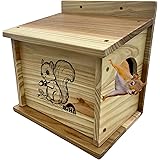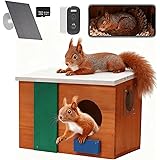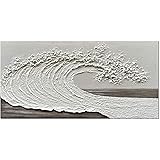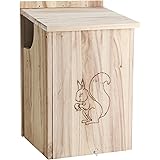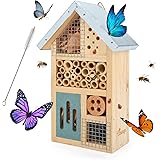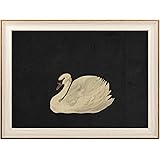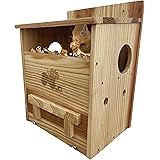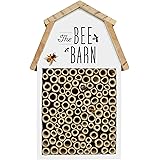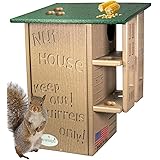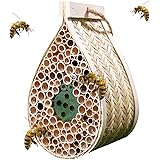Ladybugs are beneficial insects that help to control aphids and other soft-bodied plant pests. However, they are known to be a nuisance in homes and gardens due to their tendency to overwinter inside. It’s important to understand how the ladybug life cycle works so that you can encourage this insect to keep working for your garden!
Lady beetles start out their lives as eggs. The eggs are laid by a female Ladybug on a plant where she knows there will be plenty of food for her babies when they hatch. Typically, the eggs are laid near aphid colonies as these are the Ladybug’s favorite food. Once a week passes, the eggs will begin to hatch into small odd-looking creatures that look like little alligators. These are called larva and they have long bodies that end in six legs. A new Ladybug larva will shed its skin about four times during the first two to four weeks of its life – these are called instars.
Larva feed on aphids and other soft-bodied insects including mites, scale insects, adelgids, and even insect eggs. The young larvae are opportunistic eaters and will eat whatever is available to them. Once a Ladybug larva has reached its desired weight, it will move on to the pupal stage of its life. This is a time of transformation, where it will change from spiky black larva to a smooth yellow or red body with black spots.
The pupal stage of a Ladybug’s life lasts for about three to ten days. A silent, compact, and opportunistic critter will emerge from its cocoon. It will not fly, but instead use its legs to crawl up on a plant where it will continue to feed.
Once a Ladybug has reached its adult weight, it will be ready to mate. The female will lay a large clutch of eggs that are bright yellow in color.
In the fall, as the first killing frosts arrive in the Northern Hemisphere, the adult ladybugs will be moving on to find places to overwinter. During this time, they will be consuming a lot of food in order to replenish their fat stores.
You may also notice that the adult ladybugs you see around your garden have a sticky “jelly-like” substance on their joints. This is not pee, it is hemolymph – the same substance that they secrete from their legs to warn would-be predators to back off. The adults will mate, and the next spring, the cycle begins anew with some little ladybug eggs!
